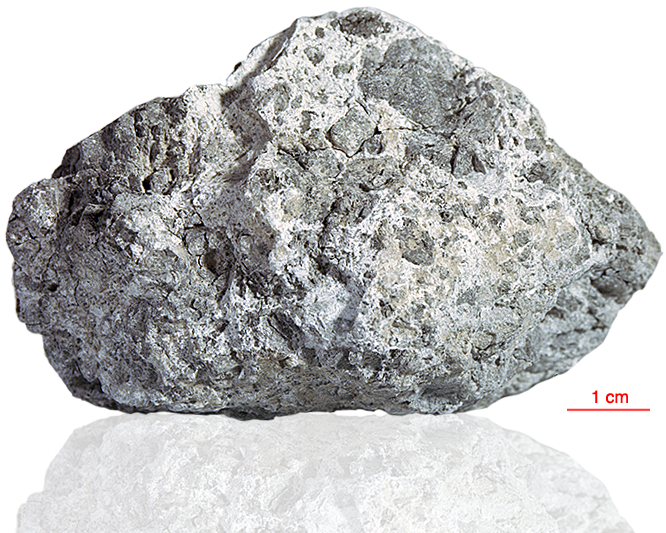
Fact sheet
67055 is a polymict (black and white) breccia consisting of a porous, fragmental, feldspar-rich groundmass that includes dark, aphanitic impact melt clasts. The fragmental matrix is made up of >80% plagioclase feldspar (rotation 1). Olivine, pyroxene, ilmenite, troilite and Mg-spinel are also present. Lithic clasts include feldspathic granulite, basaltic melt and glassy breccias. Rotation 2 shows varying degrees of shock in plagioclase clasts.
The sample weighed 221 grams before analysis and has not been dated.
Further details of this and other Apollo samples are here: http://curator.jsc.nasa.gov/lunar/
The Apollo 16 landing site was in the hilly region around Descartes crater in the lunar highlands. The landing spot was chosen to allow the astronauts to gather geologically older lunar material (Descartes Formation and the Cayley Formation) than the samples obtained in the first four landings, which were in or near lunar maria.
The mission lasted 11.1 days, with a stay on the lunar surface of 71 hours. The crew were on the lunar surface for 20.2 hours during which they traversed approximately 27 kilometers and collected approximately 96 kilograms of samples.
Apollo 16 was launched on 16 April 1972.






